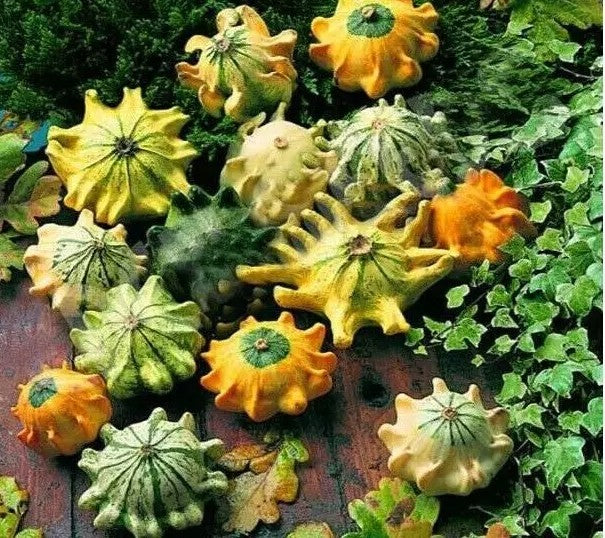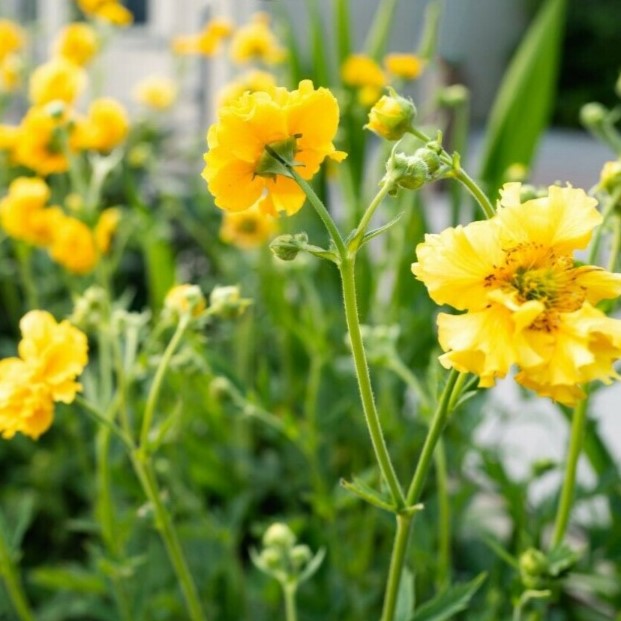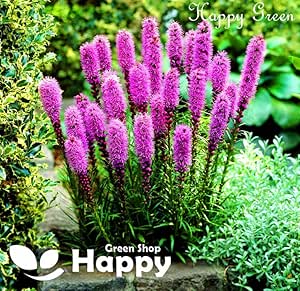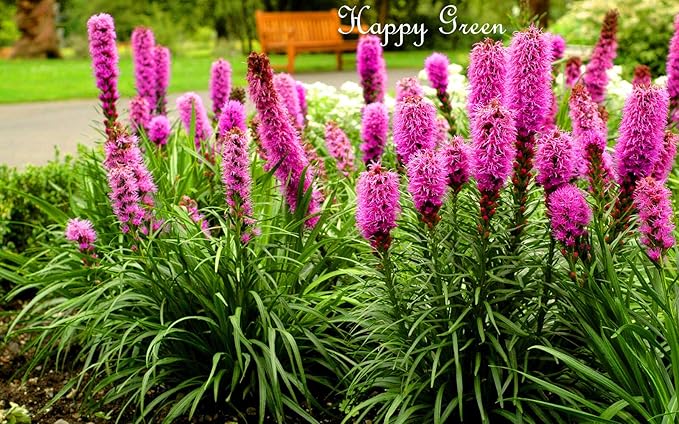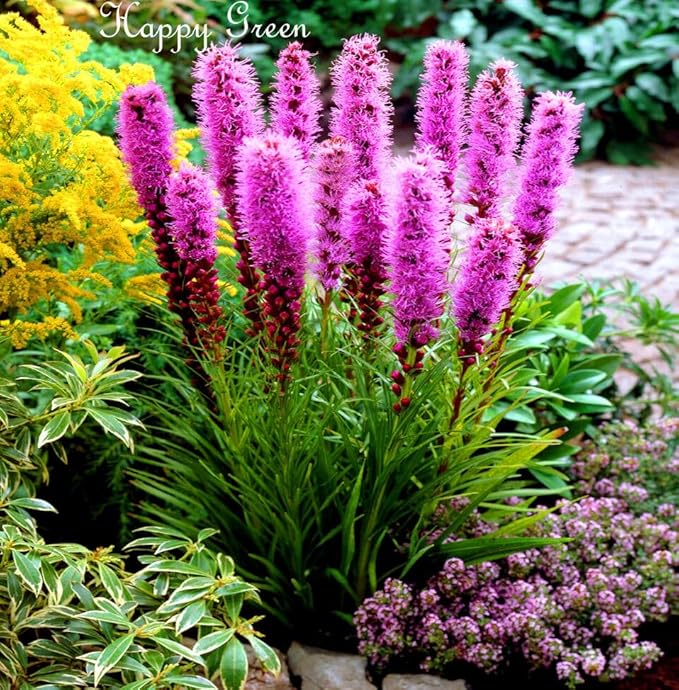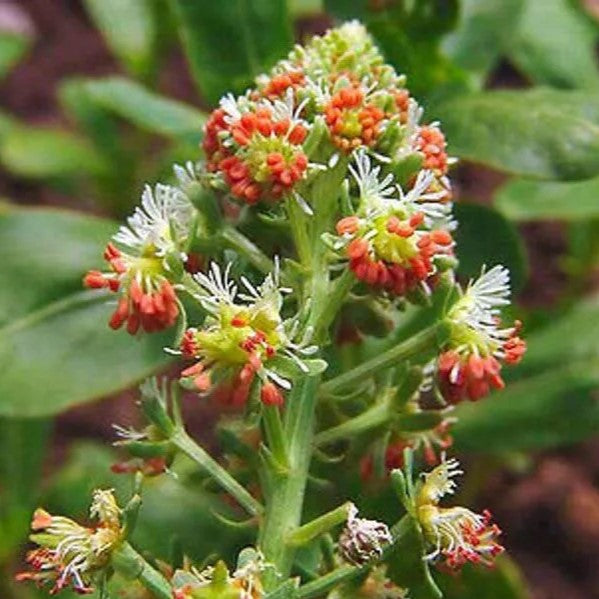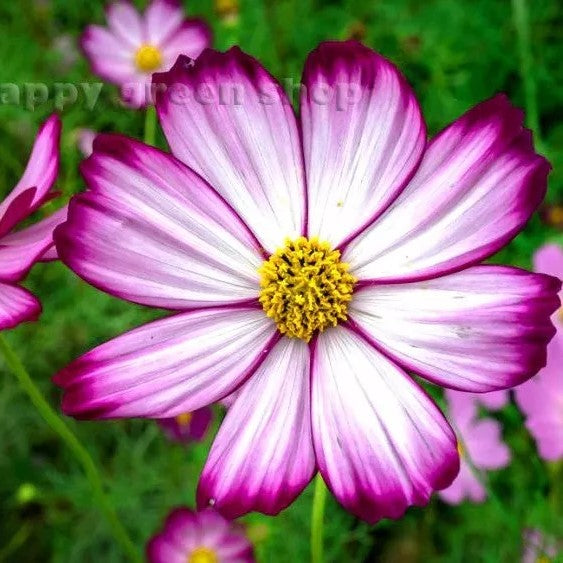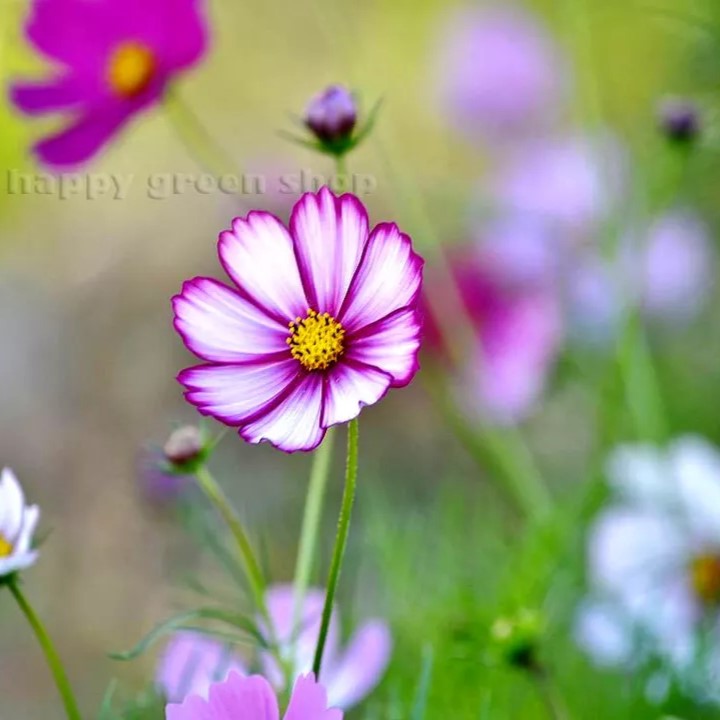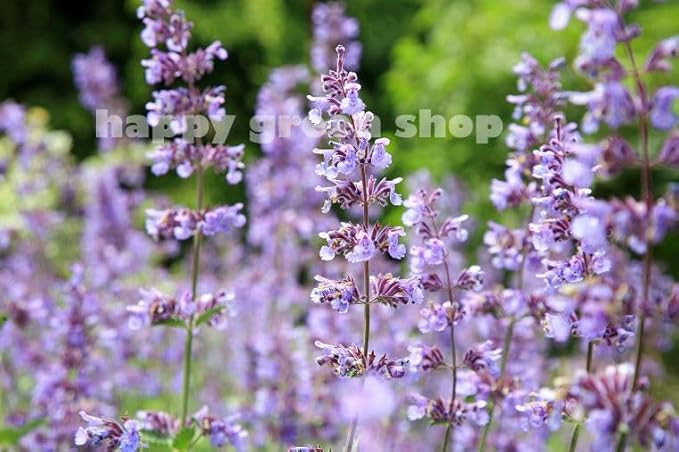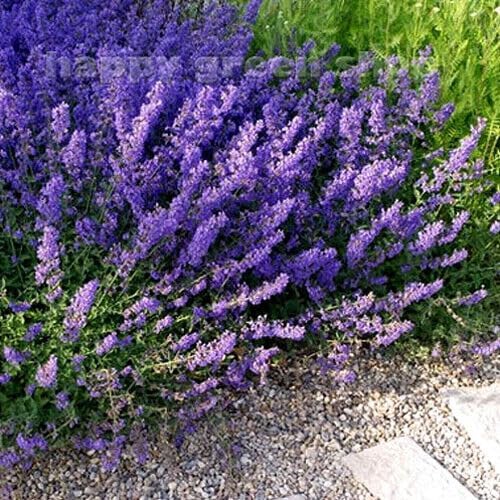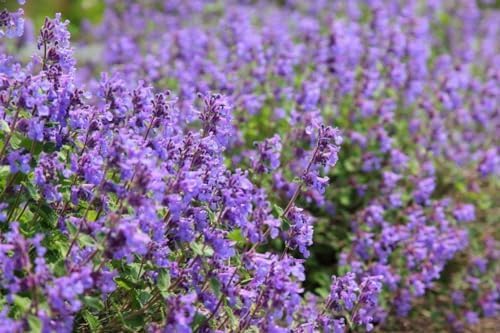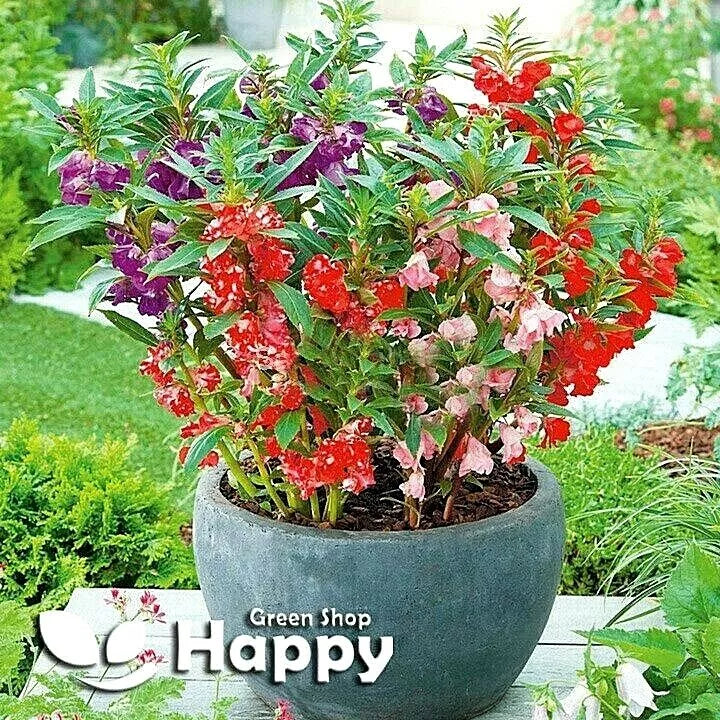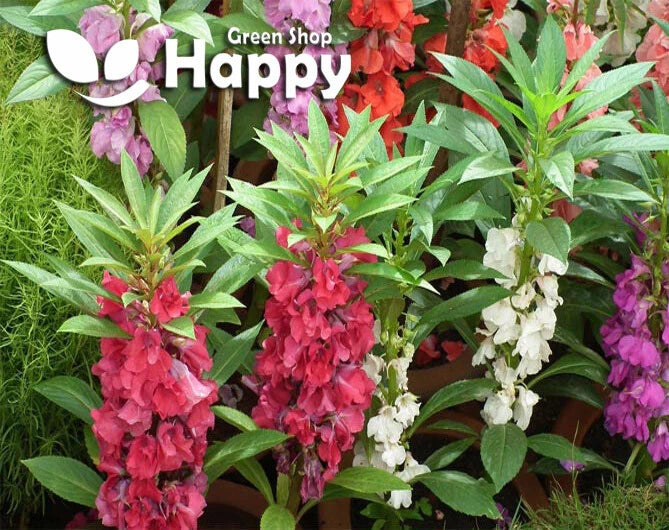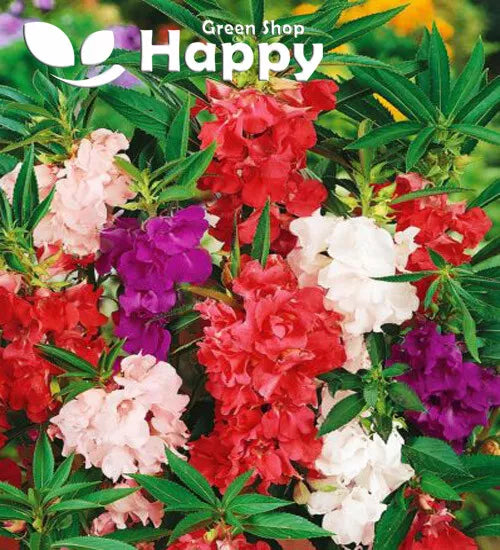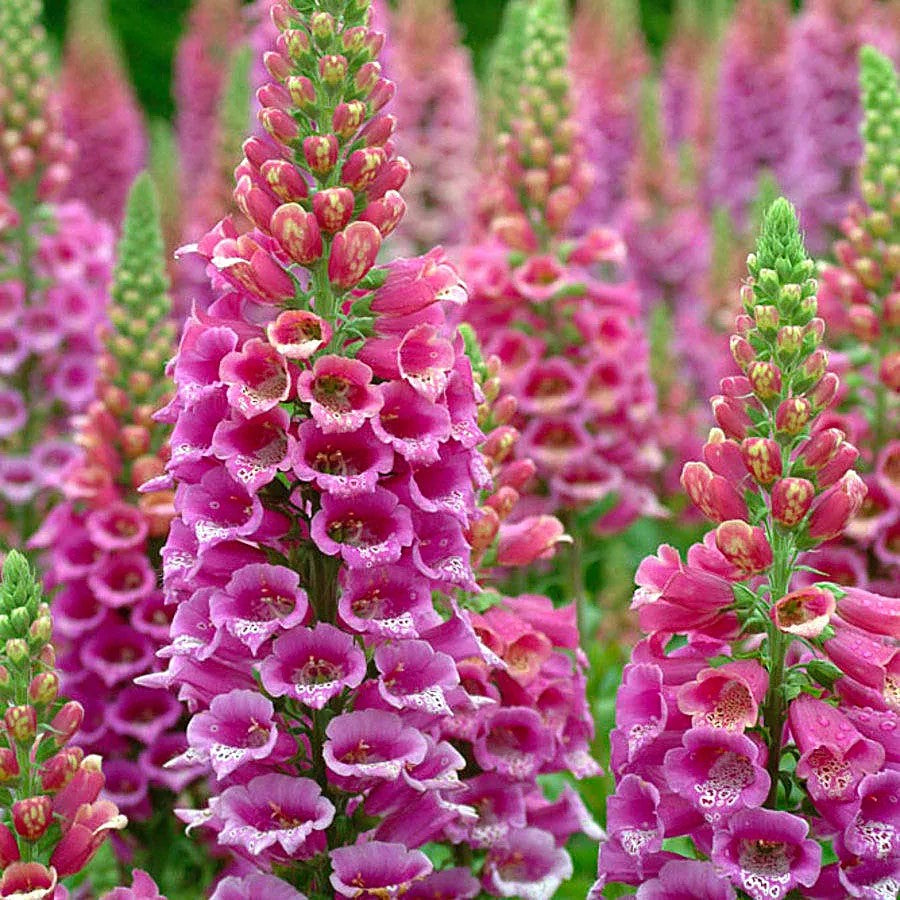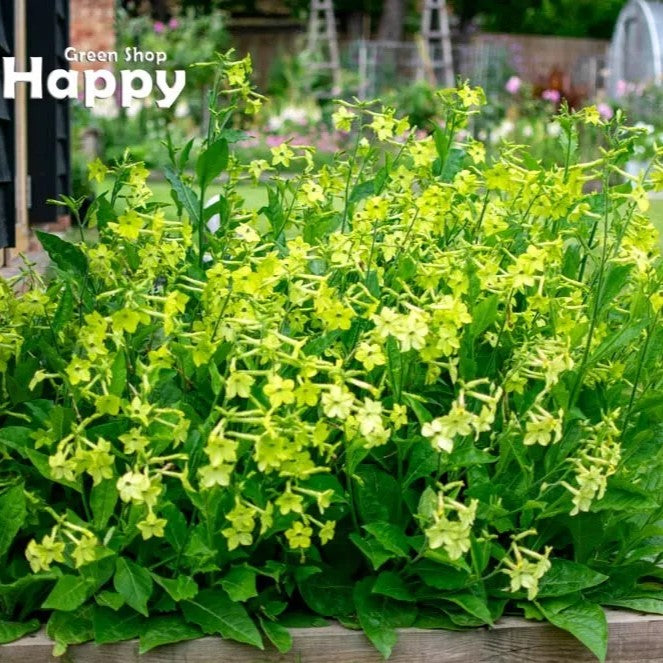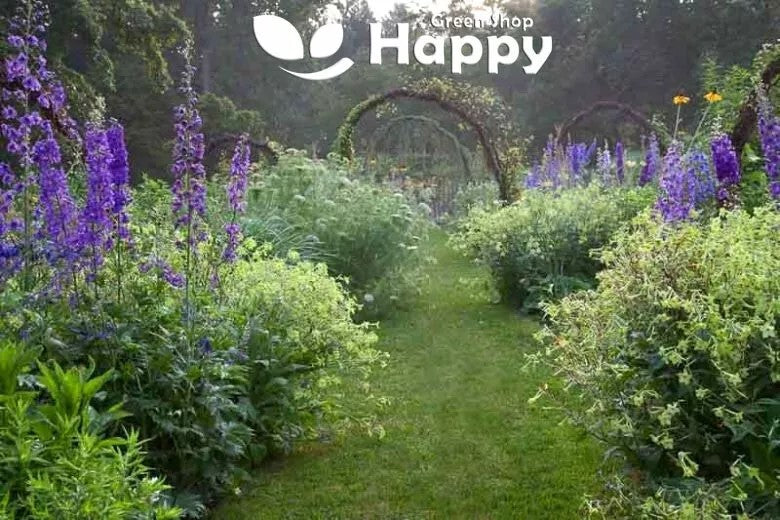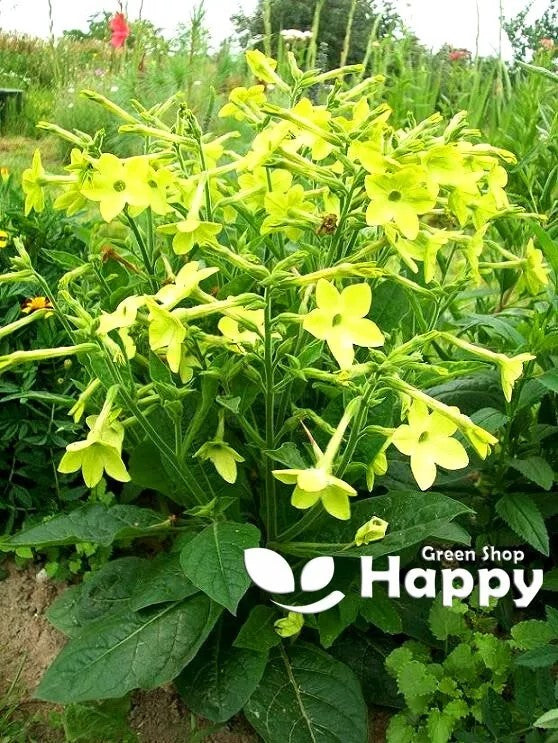Sort by:
351 products
351 products
Geum ‘Lady Stratheden’ Yellow Seeds (Geum chiloense hybridum)
A vibrant perennial, Geum ‘Lady Stratheden’ produces cheerful, bright yellow blooms on sturdy stems above lush green foliage. Hardy and long-flowering, it’s perfect for borders, cottage gardens, and mixed perennial beds, attracting pollinators and adding a sunny pop of color from late spring to summer.
What Makes It Special
-
Bright yellow flowers with strong garden presence
-
Hardy, long-flowering perennial ideal for borders and beds
-
Attracts bees and butterflies, supporting pollinator gardens
Key Features
-
Botanical name: Geum chiloense hybridum
-
Hardy perennial
-
Height: 40–60 cm (16–24 in)
-
Bloom time: Late spring to summer
Ideal For
-
Garden borders and cottage-style plantings
-
Mixed perennial beds and containers
-
Pollinator-friendly landscapes
Sowing
-
Sow indoors Feb–Apr or outdoors Mar–May
-
Cover lightly with soil and keep moist
-
Germination: 14–28 days at 15–20°C
-
Thin seedlings 30–40 cm apart
-
Flowers the first or second season after sowing
German Chamomile – Seeds (Matricaria recutita)
Bring calm and fragrance to your garden with German Chamomile, a charming annual herb prized for its daisy-like white flowers and soothing aroma. Traditionally used for herbal teas and natural remedies, this variety is easy to grow, highly productive, and also attracts pollinators to your garden. A perfect choice for herb beds, borders, and pots.
How to Grow
. Sow indoors from February to April, lightly pressing seeds onto the surface of moist compost – do not cover as they need light to germinate
. Transplant seedlings outdoors after the last frost, spacing 20–25 cm apart
. Alternatively, sow outdoors directly in April to May in well-drained soil
. Prefers a sunny position with average to light soil
. Water sparingly, as chamomile thrives in slightly dry conditions
Key Features
. Delicate white blooms with yellow centers
. Traditional herb for calming teas and remedies
. Attracts bees, butterflies, and beneficial insects
. Easy to grow, tolerant of poor soils
. Ideal for borders, herb gardens, and containers
Ideal For
. Herbal tea lovers and home remedies
. Pollinator-friendly gardens
. Cottage gardens and borders
. Container growing
Sowing & Harvest
. Sow: February – May
. Harvest: June – September
Quick Tip
Harvest flowers on warm, dry days and dry them for homemade chamomile tea with the best flavor and aroma.
Gayfeather ‘Star Purple’ Seeds (Liatris spicata)
A striking perennial, Gayfeather ‘Star Purple’ produces tall spikes of fluffy, vivid purple flowers that bloom from top to bottom. Elegant and long-lasting, it’s perfect for borders, prairie-style gardens, and cut flower arrangements, while also attracting bees, butterflies, and pollinators.
What Makes It Special
-
Unique fluffy purple spikes that bloom top-down
-
Hardy, long-flowering, and elegant garden perennial
-
Loved by bees, butterflies, and other pollinators
Key Features
-
Botanical name: Liatris spicata
-
Hardy perennial
-
Height: 60–90 cm (24–36 in)
-
Bloom time: Mid to late summer
Ideal For
-
Borders, prairie gardens, and pollinator-friendly plantings
-
Cottage gardens and perennial beds
-
Cut flower arrangements (excellent vase life)
Sowing
-
Sow indoors Feb–Apr or outdoors Apr–May
-
Cover seeds lightly with soil and keep moist
-
Germination: 20–40 days at 18–22°C
-
Thin seedlings 30 cm apart
-
Flowers from the second year after sowing
Garden Mignonette – Seeds (Reseda odorata)
The Garden Mignonette is a charming old-fashioned flower grown not for showy blooms but for its sweet, clove-like fragrance that fills the summer garden. Its delicate greenish-cream flowers may be modest in appearance, but they are highly attractive to bees, butterflies, and pollinators. A favorite for cottage gardens and scented corners, Garden Mignonette has been cherished for centuries as a fragrance plant.
What Makes It Special
-
Grown primarily for its intensely sweet fragrance
-
A heritage cottage-garden favorite
-
Long-lasting cut flower for fragrant indoor arrangements
-
Pollinator-friendly, attracting bees and butterflies
Key Features
-
Botanical name: Reseda odorata
-
Common name: Garden Mignonette
-
Seed count: Approx. seeds per pack
-
Height/Spread: 30–60 cm tall, 20–30 cm spread
-
Position: Full sun to light shade; prefers well-drained soil
-
Flowering period: Summer (June–September)
Ideal For
-
Scented cottage gardens
-
Flower borders and edges
-
Cut flower arrangements
-
Wildlife-friendly planting
Sowing Instructions
-
When to sow: March–May outdoors directly into the soil, or August–September for overwintering
-
How to sow:
-
Sow thinly in drills 0.5 cm deep in prepared soil
-
Thin seedlings to 20 cm apart once established
-
-
Care:
-
Prefers poor to moderately fertile soil (too rich reduces fragrance)
-
Water moderately and avoid overfeeding
-
Garden Cosmos ‘Picotee’ – Seeds (Cosmos bipinnatus)
Garden Cosmos ‘Picotee’ (Cosmos bipinnatus) is an elegant annual producing daisy-like flowers with delicate contrasting edges in shades of white, pink, and magenta. Its tall, airy stems create a graceful, meadow-like effect, making it perfect for borders, cottage gardens, and cutting gardens. Easy to grow and long-flowering, it also attracts pollinators such as bees and butterflies.
Why Grow "Picotee"
-
Striking flowers with contrasting colored edges
-
Tall, airy stems for a graceful, meadow-like display
-
Long flowering season from summer to autumn
-
Attracts pollinators
Key Features
-
Type: Annual (Cosmos bipinnatus)
-
Height: 80–120 cm
-
Flowering: July–October
-
Position: Full sun
-
Uses: Borders, cottage gardens, cutting gardens, pollinator-friendly planting
Ideal For
-
Cottage and wildflower-style gardens
-
Tall border displays
-
Cutting gardens for bouquets
-
Pollinator-friendly garden spaces
Sowing & Growing
-
Sow outdoors: April–June directly in prepared soil
-
Germination: 7–14 days at 18–22°C
-
Thin seedlings to 30–40 cm apart
-
Prefers full sun and well-drained soil
-
Deadhead to prolong flowering
Garden Catmint Seeds (Nepeta mussinii)
A hardy perennial, Garden Catmint produces spikes of soft lavender-blue flowers over aromatic gray-green foliage. Long-flowering and drought-tolerant, it’s perfect for borders, cottage gardens, and pollinator-friendly landscapes, attracting bees and butterflies while adding texture and fragrance.
What Makes It Special
-
Soft lavender-blue blooms over aromatic foliage
-
Hardy, long-flowering, and drought-tolerant
-
Attracts bees, butterflies, and other pollinators
Key Features
-
Botanical name: Nepeta mussinii
-
Hardy perennial
-
Height: 30–60 cm (12–24 in)
-
Bloom time: Late spring to early autumn
Ideal For
-
Borders, cottage gardens, and mixed perennial beds
-
Pollinator-friendly landscapes
-
Containers and low-maintenance garden designs
Sowing
-
Sow indoors Feb–Apr or outdoors Mar–May
-
Cover lightly with soil and keep moist
-
Germination: 10–21 days at 15–20°C
-
Thin seedlings 30–40 cm apart
-
Flowers the first or second season after sowing
Garden Balsam Mixed – Seeds (Impatiens balsamina)
Garden Balsam Mixed (Impatiens balsamina) is a vibrant annual producing a mix of colorful, double and semi-double blooms in shades of pink, red, purple, and white. Blooming from summer to autumn, its bushy habit makes it perfect for borders, containers, and cottage gardens. Easy to grow and low-maintenance, this variety attracts pollinators and adds long-lasting color and charm to your garden.
Why Grow "Garden Balsam Mixed"
-
Colorful mix of double and semi-double blooms
-
Long flowering season from summer to autumn
-
Bushy, compact habit ideal for borders and containers
-
Attracts bees, butterflies, and other pollinators
Key Features
-
Type: Annual (Impatiens balsamina)
-
Height: 40–60 cm
-
Flowering: Summer to autumn
-
Position: Full sun to partial shade
-
Uses: Borders, containers, cottage gardens, pollinator-friendly gardens
Ideal For
-
Adding vibrant color to borders, beds, and containers
-
Patio and balcony planting
-
Pollinator-friendly garden designs
-
Gardeners seeking long-flowering, low-maintenance annuals
Sowing & Growing
-
Sow indoors: 6–8 weeks before last frost
-
Sow outdoors: After frost danger has passed
-
Germination: 10–14 days
-
Space seedlings: 25–30 cm apart
-
Prefers well-drained soil and full sun to partial shade
Foxglove 'Excelsior' Mix Seeds (Digitalis purpurea – Biennial)
The Foxglove 'Excelsior' Mix is one of the most admired cottage garden classics, producing tall, elegant spires of tubular flowers in shades of rose, lavender, purple, cream, and white, often marked with speckled throats. Unlike traditional foxgloves, the Excelsior strain displays its flowers all around the stem, creating a fuller and more impressive floral column. As a biennial, it flowers in the second year after sowing and readily self-seeds for future displays.
What Makes It Special
-
Traditional cottage garden favorite with tall, majestic flower spikes
-
Excelsior strain bears blooms on all sides of the stem for maximum impact
-
Attracts bees, butterflies, and hummingbirds
-
Excellent cut flower and stunning for borders or woodland plantings
Key Features
-
Botanical name: Digitalis purpurea
-
Variety: 'Excelsior' Mix
-
Height/Spread: 120–150 cm tall, 40–60 cm spread
-
Position: Partial shade to sun; prefers rich, moist, well-drained soil
-
Flowering period: Late spring to mid-summer (second year)
-
Lifespan: Biennial, often self-seeds for naturalized displays
Ideal For
-
Cottage and woodland-style gardens
-
Back borders for height and structure
-
Naturalizing in shaded areas
-
Pollinator-friendly gardens
Sowing Instructions
-
When to sow: Late spring to summer (May–July) for flowering the following year.
-
How to sow:
-
Sow seeds on the surface of moist compost (do not cover – light aids germination).
-
Keep at 18–22°C until germination (14–30 days).
-
Transplant seedlings 45 cm apart in borders or beds.
-
-
Care: Water regularly, especially in dry spells. Remove spent flower spikes to extend blooming, or allow some to seed for natural regeneration.
Flowering Tobacco ‘Lime Green’ – Seeds
(Nicotiana alata)
Flowering Tobacco ‘Lime Green’ brings a refreshing splash of vibrant chartreuse-green to garden beds and containers. Its trumpet-shaped blooms are long-lasting, highly fragrant in the evening, and irresistible to moths and other night pollinators. The unique lime-green color makes it a standout companion for bold or dark-hued flowers.
Why Grow Flowering Tobacco ‘Lime Green’?
-
Unusual lime-green trumpet flowers
-
Strong evening fragrance
-
Attracts pollinators, especially moths
-
Provides color contrast in borders & containers
Key Features
-
Type: Half-hardy annual
-
Height: 60–90 cm
-
Flowers: June–October
-
Position: Full sun or part shade
-
Soil: Moist, fertile, well-drained
Ideal For
-
Evening-scented gardens
-
Mixed borders & cottage gardens
-
Containers & patio displays
-
Companion planting with bold colors
Sowing & Growing
-
Sow indoors: Feb–April on the surface of moist compost, do not cover (light aids germination)
-
Germination: 10–20 days at 18–22°C
-
Harden off & plant out after frost
-
Spacing: 25–30 cm apart
-
Deadhead to encourage more blooms
Showing 216/351



